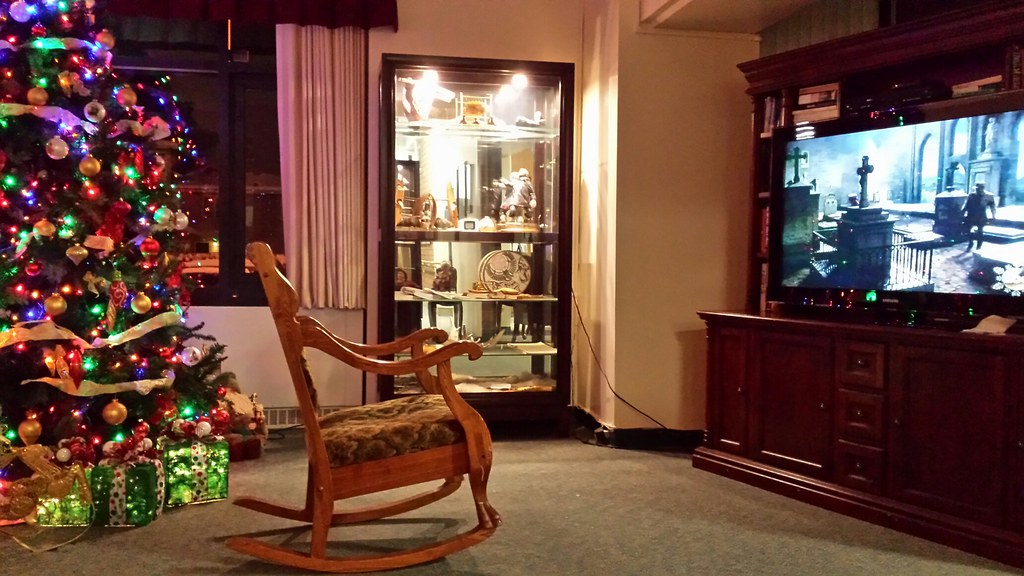It’s once again the time of year to crack open the vault of Christmas movies and celebrate the holidays around the TV. Of course, this always comes with conflict, as some films that feature Christmas don’t necessarily match the tone or themes of conventional Christmas films. While these arguments often come down to personal opinion, I have chosen to throw my in two cents on these divisive holiday flicks.
Gremlins
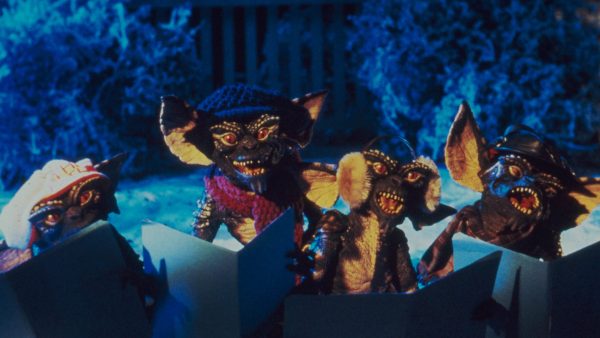
Often touted as a perfect “entry-level horror film,” this 1980s classic follows Billy, a young man living with his parents in his small hometown. Havoc breaks loose after Billy receives a cuddly but fragile creature named Gizmo, who unintentionally unleashes a horde of mischievous monsters on the town. While many moments throughout “Gremlins” are crafted to scare, it’s packed with laughs and holiday imagery.
For starters, Gizmo, the character that jumpstarts the plot, is given as a Christmas gift, making the holiday integral to the story. On top of this, Christmas lights, trees and music are everywhere. The title screen is even a snowy town center overlaid with Darlene Love’s “Christmas (Baby Please Come Home).”
If that doesn’t scream “Christmas,” what does? Finally, the film serves as an important lesson for children around the holiday season. Its core message reminds kids to treat their gifts with care and respect. “Gremlins” is undoubtedly a Christmas film.
Catch Me If You Can
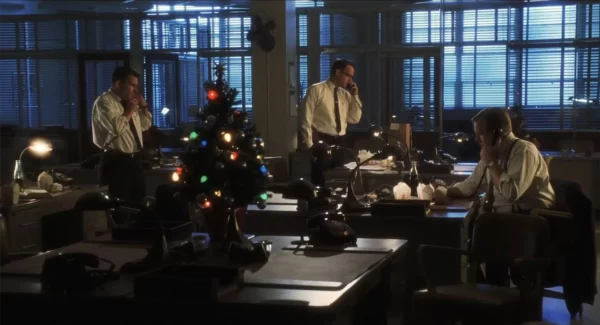
An overlooked gem in Steven Spielberg’s filmography, this cinematic portrayal of master bank robber Frank Abagnale Jr. is a witty narrative that twists and turns as Frank must fool FBI agent Carl Hanratty to avoid imprisonment.
Though the film spans five years, key moments throughout take place on Christmas and Christmas Eve. In these moments, Christmas decorations are highlighted but never serve as more than an easy-to-remember date. The film’s most memorable moments often take place in sunny, blue-sky environments, a drastic contrast to the environments associated with the holidays. Because of this, I cannot rightfully dub “Catch Me If You Can” a Christmas film.
Edward Scissorhands
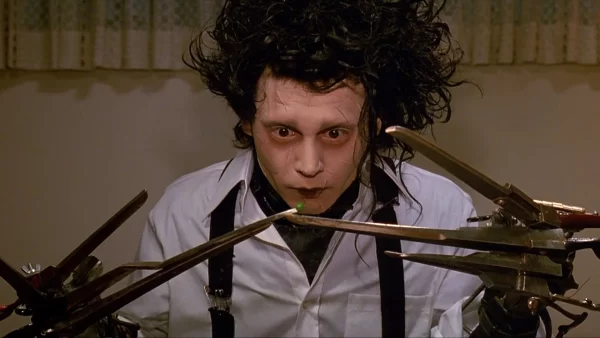
A Tim Burton fan favorite for many, this gothic tale of suburbia follows Edward, adorned with knives for fingers, as he is welcomed to the colorful neighborhood below the mansion where he was raised.
Though initially beloved for his unique talents, a few unfortunate accidents lead the community to turn on Edward. While the film features its fair share of Christmas imagery and has a general winter atmosphere, it is contained mostly to the beginning and last act of the film.
The setting of Christmas for the finale does little for the plot and does not influence the actions of the characters or how events play out. For all the snow, ice sculptures and light decorations, the winter ambiance is simply just an aesthetic choice.
The themes and morals of the film also don’t align with what is typically associated with Christmas unless Edward’s loneliness can be found extra relatable around the holidays. “Edward Scissorhands” is definitely not a Christmas film.
The Nightmare Before Christmas
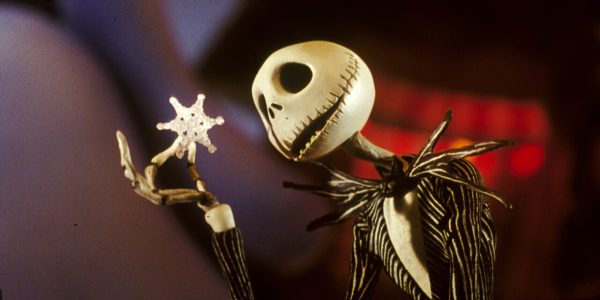
Another Burton film (although directed by Henry Selick, not Burton), this dark, stop-motion family film is usually thrown on in the latter half of the year, either for Halloween or Christmas. Those in the Halloween camp will argue the film’s opening number and “Halloween Town” setting places it firmly as a staple of October. That reasoning forgets that this is a classic “saving Christmas” film at its heart. It tells the classic story of a lead who must redeem their past mistakes to return Christmas to its usual, joyful state.
Christmas films ranging from “A Christmas Carol” to “Jingle All The Way” follow this format and “Nightmare Before Christmas” is no different.
On top of this, Christmas serves as the inciting incident as the lead character Jack Skellington wouldn’t take the actions he does if he wasn’t immediately enchanted by his discovery of “Christmas land.” Christmas is also celebrated by the film’s moral as Jack must learn to appreciate the holiday by embracing the values it represents instead of trying to replicate its image. “The Nightmare Before Christmas” is absolutely a Christmas film.
Eyes Wide Shut
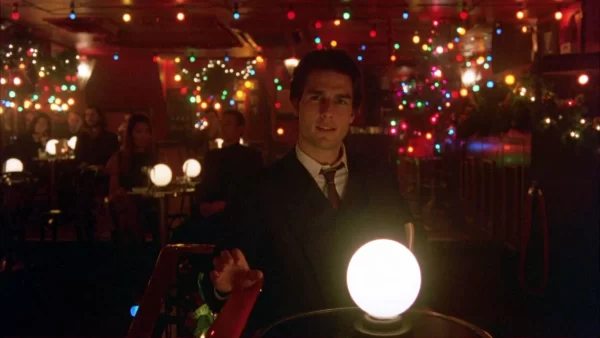
Stanley Kubrick’s final film is a strange, sexy and uncomfortable experience. It follows a successful doctor, Bill Harford, who searches for a sexual encounter after learning his wife often thinks of other men.
This peculiar picture is drenched with vibrant Christmas decor. Almost every frame is filled with sparkling lights from top to bottom. The cold of a New York winter emanates through the screen, really solidifying the Christmas setting. That all being said, calling “Eyes Wide Shut” a Christmas film is a crime against nature. Any warmth or joy the holiday brings will be killed immediately by this surreal and unnerving movie that in most scenes seeks to make the audience cringe.
The choice to place the story during Christmas serves to contrast against the disturbing narrative and make it even more sickening. While it’s a terrific film on its own, pinning it to the emotions of Christmas would be like putting a cup of salt into a sugar cookie recipe. “Eyes Wide Shut” is not a Christmas film.
Die Hard
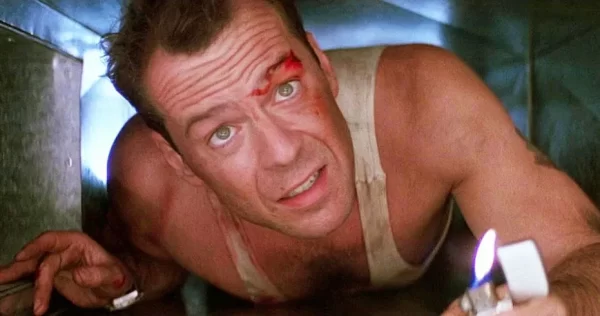
In what many consider to be the best action film of the 1980s (or all time), New York cop John McClane visits Los Angeles for Christmas to see his children and recently separated wife. When the Christmas party he attends is taken hostage by German terrorists, McClane must save the day as a one-man army.
On the outside, this story does not read as a typical Christmas tale but alas, it is. To begin, the plot never happens if it’s not set around Christmas time. Terrorists take over Nakatomi Plaza because they need enough people to take hostage but not so many that it’s too much to handle. The Christmas party is perfect as it has a sizable amount of people while leaving most of the building empty. At the same time, our protagonist is never at the building if it isn’t the holidays. Without its Christmas setting, the plot falls apart.
Christmas imagery and music are everywhere, from Santa hats to Christmas trees to the classic “Christmas in Hollis” by Run-DMC. The characters also consistently reference the holiday season, keeping it in the consciousness throughout the runtime. Finally, at its core, the film is just about a man trying to get home to his family for the holidays. “Die Hard,” without a doubt, is a Christmas film.
Happy Holidays!


